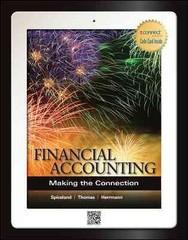Question
Consider the following two-period model of dynamically efficient extraction of a non-renewable natural resource. The constant social marginal cost of extraction is 40 in each



Consider the following two-period model of dynamically efficient extraction of a non-renewable natural resource. The constant social marginal cost of extraction is 40 in each period and the total stock of the resource is Q = 300 units. Moreover, the social marginal benefit is MB(Qt) = 200Qt, where Qt is the quantity of resource extracted in period t, for t = 0; 1. The discount factor is 0:8.
(a) What is the efficient quantity of resource extracted in each period? Provide a graphical representation of the solution.
(b) What is the marginal user cost (or scarcity rent) of the resource in each period?
(c) Suppose that there is a market to trade the resource. What is the equilibrium price corresponding to each period? Justify the answer.
(d) Suppose that it is now expected that because of an extraction technology improvement, while the worst period marginal cost of extraction will still remain MXC1 = 40, the second period one will now de crease to MXC2 = 20. Answer the previous questions (a)-(c) under this alternative premise.
(e) How will the answers to questions (a)-(c) change if, because of new discoveries, the known reserves of the natural resource become Q = 400




Step by Step Solution
There are 3 Steps involved in it
Step: 1

Get Instant Access to Expert-Tailored Solutions
See step-by-step solutions with expert insights and AI powered tools for academic success
Step: 2

Step: 3

Ace Your Homework with AI
Get the answers you need in no time with our AI-driven, step-by-step assistance
Get Started


